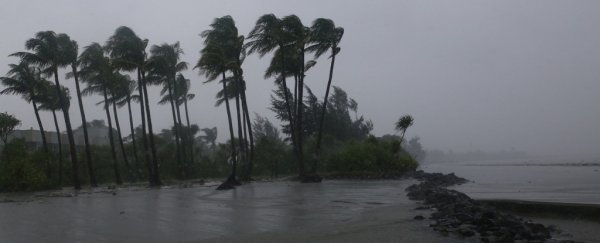The climate changes we humans have inflicted on the planet are now so deeply embedded, they are showing up in our daily weather.
Researchers from Switzerland and Norway now claim to have detected the "fingerprint" of climate change in every single day of weather in the global record since 2012.
The distinction between climate and weather is one that scientists have been hammering on about for years. And while the two are closely intertwined, they are generally considered distinct, with weather referring to short-term conditions and climate referring to longer trends.
Swiss climate scientist Reto Knutti told The Washington Post he's not sure the difference is so distinct anymore.
"Weather is climate change if you look over the whole globe," he argues.
That means weather on a local scale still doesn't show a climate change signal. But if you roll these regions out into a global perspective, the variations in temperature and humidity do hold the stamp of humanity. And they are clearly distinguishable from what would happen naturally.
So, some regions of the world can still get really cold - they can even break temperature records - but if it's simultaneously warmer than average in other parts of the world, it won't impact the overall climate trend.
Using machine learning along with climate models and data, Knutti and his colleagues found daily mean weather values from 1951 to 1980 barely matched up with those from 2009 to 2018.
Examining yearly data, the authors noticed the stamp of climate change on global weather went back to 1999. And from 2012, it could be seen every single day. And the signal of climate change is now so big it's greater than global daily weather variability.
"Weather at the global level carries important information about climate," explains Knutti. "This information could, for example, be used for further studies that quantify changes in the probability of extreme weather events, such as regional cold spells."
In recent years, scientists have detected stronger links between global warming and changing weather patterns, and while it's difficult to blame any one storm on climate change, the overall pattern for heat waves, droughts and storms is clear.
The new findings suggest climate change is more deeply rooted than we thought, but if we can figure out how to link long-term trends with short-term weather events, it could help us prepare for the worst.
"This gives rise to new opportunities for the communication of regional weather events against the backdrop of global warming," says Knutti.
The study was published in Nature Climate Change.
